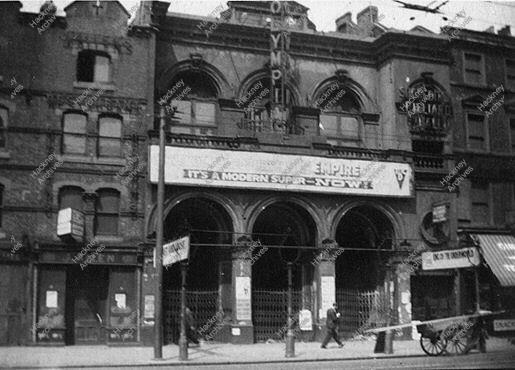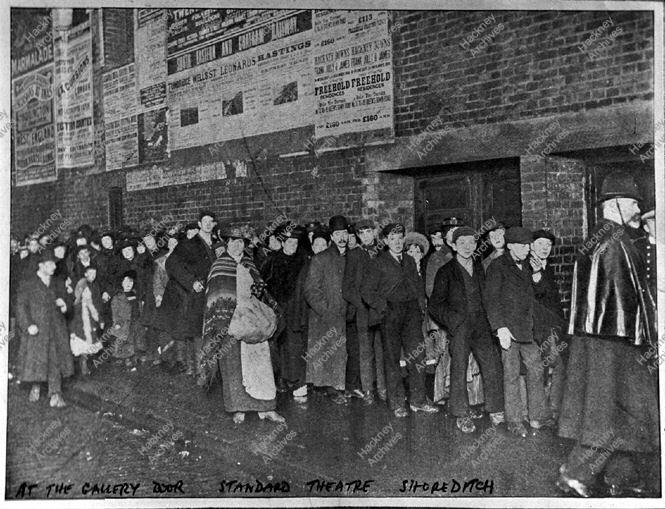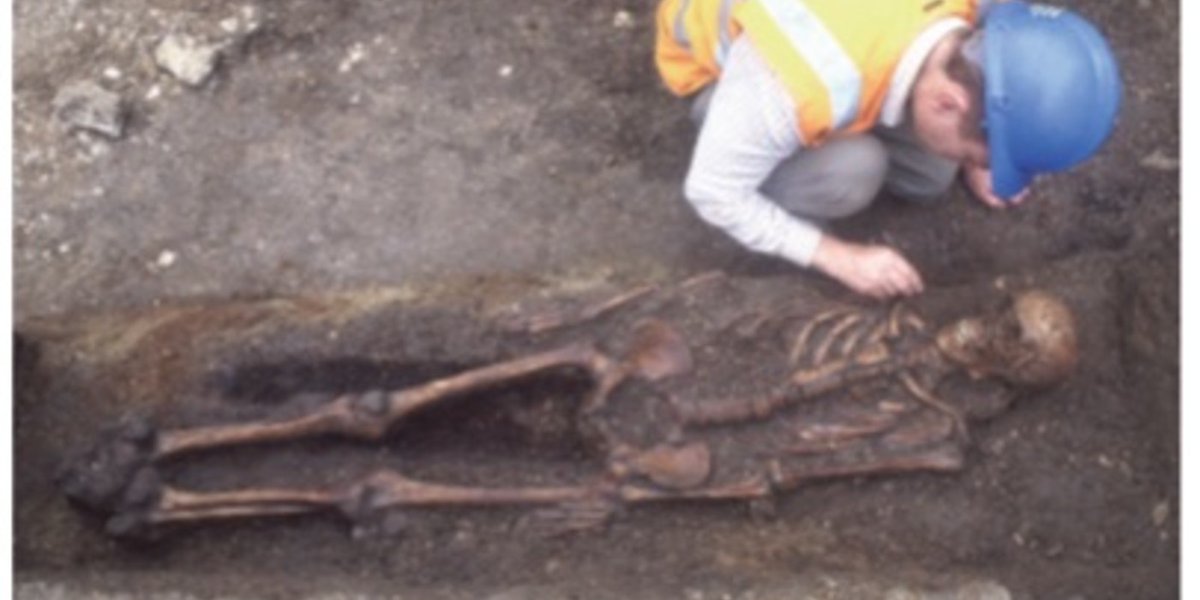
Port Victoria station was located on a wooden pier in the River Medway Estuary. When the pier was declared unsafe in 1931 the station was closed and shortly afterwards demolished. A new temporary wooden platform was built close to the landward side of the pier. This was later
replaced by a concrete platform; there was also a new brick signalbox. The station was finally closed in 1951 when an expansion of the oil refinery required the land. All evidence of the station was swept away but at low tide it is still possible to see some of the piles from 





the pier. There is no public access to the site. Disusedstations
disused-stations.org.uk › port_victoria
22 May 2017 — Demolished - nothing remains of the station although some piles from the pier are visible at low tide. County: Kent. OS Grid Ref: TQ878738. Date ...
22 May 2017 — Demolished - nothing remains of the station although some piles from the pier are visible at low tide. County: Kent. OS Grid Ref: TQ878738. Date ...
• • •
Missing some Tweet in this thread? You can try to
force a refresh
















